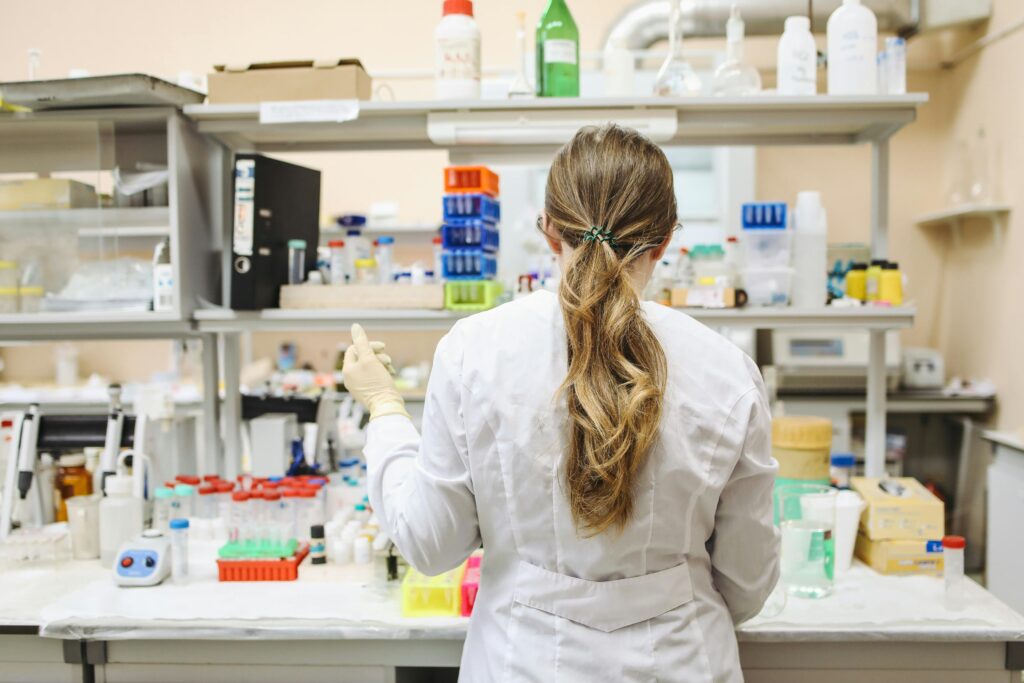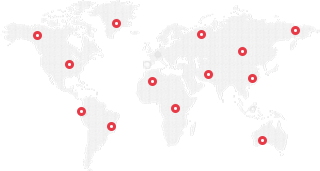
Drug development and medicine making are intricate processes that involve a myriad of steps and key players to bring a new drug, possibly acting on a previously untargeted receptor or pathway of disease progression, from concept to market availability. Understanding how drugs are developed and brought to consumers is essential for appreciating the complexity of the pharmaceutical industry and the role of administrations like the FDA, including the number of different regulatory criteria they must meet.
Understanding the Drug Development Process
Within the drug development process, a transcript plays a critical role in decoding genetic information that is vital for identifying potential drug targets, including those related to synthetic biology or receptor interactions. This information helps researchers understand the underlying mechanisms of diseases and develop drugs, including antibiotics, that can effectively target these biological pathways to prevent or mitigate the conditions, with a keen focus on reducing toxicity.
During the early stages of drug development, drugs and medicines, including tablets and antibiotics, may be used interchangeably, but as the development progresses, distinctions are made based on efficacy, safety profiles, and toxicity considerations. Medicines that meet the necessary safety and efficacy thresholds move forward in the development pipeline to undergo rigorous testing, ensuring they do not produce harmful effects in healthy volunteers, with a particular focus on assessing toxicity levels.
Clinical trials are pivotal in the drug development journey as they evaluate a drug candidate’s safety and efficacy in human subjects, including healthy volunteers, to ensure no adverse interference or toxicity occurs. These trials are conducted in phases to gather data on the drug’s effectiveness, possible side effects, and optimal dosage, among other critical factors, including assessing any adverse reactions such as allergies and toxicity levels.
Key Players in Drug Development
The specific target for a drug, such as a receptor involved in a fungal infection, is determined through extensive research and understanding of the disease biology, which aids in prescribing the most effective treatment, potentially an antibiotic. Drug developers rely on insights from pharmacology and molecular studies to pinpoint key pathways that can be targeted for therapeutic intervention, including those influenced by hormones or by interfering with the growth of harmful fungi, while also considering the toxicity of potential interventions.
Obtaining a patent for a drug candidate, perhaps a novel antibiotic or a precursor to such compounds, is crucial as it grants exclusive rights to the pharmaceutical company to develop and market the drug at designated production sites. This protection encourages investment in research and development by ensuring that companies have a period of market exclusivity to recoup their investments, often after obtaining a license, to bring healthy volunteer-tested medications with carefully assessed toxicity levels to the U.S. market.
Researchers and scientists face various challenges in the drug development process, including regulatory hurdles, scientific complexities, and financial constraints, especially when working with synthetic compounds. Navigating these challenges requires collaboration across disciplines and innovative approaches to drug discovery and medicine’s development to devise quicker routes to market, taking into account the toxicity and safety profiles of new medications.
From Lab to Shelf: The Process of Medicine Making
Laboratories play a pivotal role in the development and testing of synthetic medicines, providing controlled environments for synthesizing and analyzing new drug compounds, which may describe novel routes of administration. These facilities are equipped with advanced technology and expertise to ensure the quality and safety of the medicines being produced, following strict guidelines from the Food and Drug Administration.
Diseases are targeted for treatment through the creation of new medicines, such as antibiotics, by identifying specific molecular targets that play a role in disease progression, aiming to prevent further harm. By designing drugs that interact with specific targets, such as receptors, researchers can develop treatments, including tablet forms, that address the underlying causes of disease with minimal toxicity.
Chemical analysis is essential in the production of effective medicines as it helps ensure the purity, stability, and quality of drug substances, making them safe enough for use and free from harmful contaminants. By employing sophisticated analytical techniques, pharmaceutical companies can monitor the synthesis and formulation processes at production sites to create medications that are safe enough and demonstrate low toxicity.
Q: What is the process of drug development?
A: The process of drug development involves several stages including discovery, preclinical testing, clinical trials, and approval by regulatory agencies like the FDA and the EU based on specific criteria for safety and efficacy.
Q: How are medicines made and brought to the market?
A: Medicines are made through a series of steps which involve research, clinical trials, regulatory approvals by the Food and Drug Administration, and finally manufacturing and distribution to reach the market.
Q: What is the role of clinical trials in drug development?
A: Clinical trials are essential in testing the safety and effectiveness of a new drug candidate in humans before it can be approved for use by the general population, including assessing any potential allergy risks.
Q: What is the significance of patents in the pharmaceutical industry?
A: Patents enable pharmaceutical companies to have exclusive rights to manufacture and sell a drug for a specific period, allowing them to recoup their investment in research and development at their production sites.
Q: How does the FDA approve a new medicine?
A: The FDA evaluates data from clinical trials to determine whether a drug is safe enough and effective for its intended use before granting a license for its commercial sale and distribution, carefully considering any harmful side effects.
Q: What is the role of the National Institute for Innovation in Manufacturing Biopharmaceuticals (NIIMBL)?
NIIMBL works towards advancing biopharmaceutical manufacturing technologies and processes in collaboration with industry, academia, and government agencies to streamline the production of drugs, including antibiotics, for quicker market introduction.
Q: How do new treatments for infectious diseases get developed?
A: The development of new treatments for infectious diseases involves identifying disease targets, designing molecules to interact with them, conducting clinical trials, and seeking regulatory approvals for their use.










